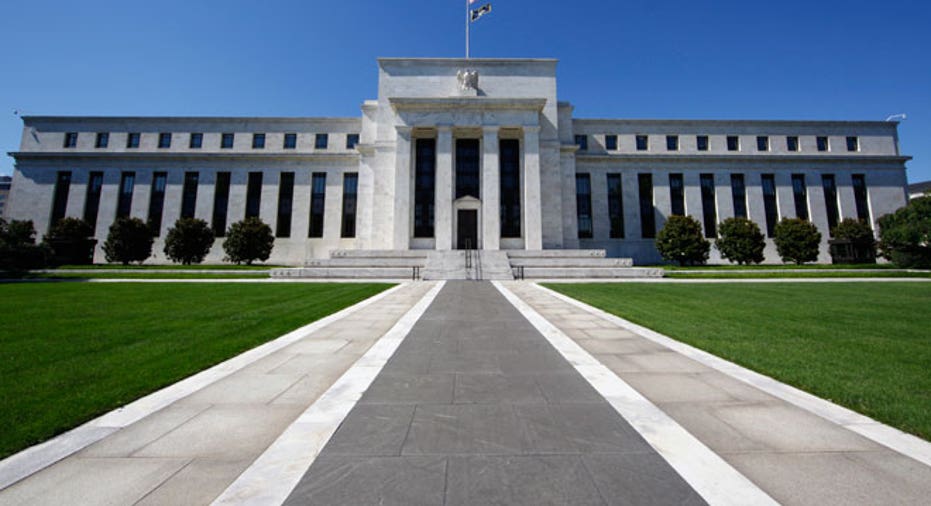Fed Dismisses Economic Hiccups

The Federal Reserve didn’t let a lousy jobs report or recent turbulence in emerging economies that has roiled U.S. stock markets get in the way of its plan to gradually scale back its easy-money policies.
The policy-setting Federal Open Market Committee, building on a strategy initiated last month, said Wednesday it would reduce its monthly bond purchases by another $10 billion in February, reducing the total amount purchased each month to $65 billion.
Despite some global and domestic economic hiccups, the Fed’s decision to continue tapering was widely expected.
The December U.S. jobs report was weaker than expected but likely viewed by the Fed as “mostly weather-related,” and recent turmoil in emerging markets “hasn’t risen to a level where the Fed needs to be concerned,” said David W. Berson, chief economist at Nationwide Insurance in Columbus, Ohio.
Berson predicted ahead of the Fed announcement that the central bank would maintain its tapering program, cutting its purchases by another $10 billion per month.
In December, the Fed set in motion the first phase of reducing its then $85 billion a month asset purchase program known as quantitative easing, or QE. At the time, the Fed said it would scale back its purchases by $10 billion beginning in January and that reductions would likely continue in $10 billion monthly increments until QE expired later in 2014.
The FOMC might have had an easier decision to make this month had the data -- especially in the turbulent U.S. jobs market -- continued to maintain the momentum gained in October and November, when an excess of 200,000 jobs was created each month.
But that wasn’t the case. The December labor market report released earlier this month was surprisingly weak (74,000 new jobs, far below the 196,000 forecasted), and that led to speculation the Fed might hold off for a month on the next round of tapering.
What’s more, stock markets have been volatile in recent weeks, bouncing up and down in response to upheaval in many emerging markets such as Argentina, Turkey and South Africa while at the same time digesting the loss of billions of Fed-printed dollars.
The selloff in emerging market currencies has been blamed in part on the Fed’s decision to back away from QE. That’s because, in theory anyway, as and end to QE pushes interest rates higher, investors who had sought higher returns in emerging market currencies put there money elsewhere.
Berson said QE’s actual impact on emerging market currencies was minimal, however.
U.S. stock markets dropped lower following Wednesday’s decision. Already down triple digits on continued bad news related to emerging markets, the Dow Jones Industrial average was down 176 points at 3 p.m.
Fed policy makers have taken pains to explain that the tapering policy isn’t written in stone and will be flexible, adapting as necessary to current economic data. That’s why speculation arose earlier this month that the Fed may delay tapering following the release of the disappointing December jobs report.
Berson said the gradual method by which tapering has been introduced “gives the Fed flexibility on both sides.” Tapering, he said, could be accelerated if the economy seemed to strengthen more than anticipated in the coming months, or slowed if the economy showed renewed signs of struggling.
FOMC members also stressed -- again -- that the tapering strategy is not tied to a separate but related policy that has kept interest rates at near-zero since December of 2008. In other words, just because the Fed has begun scaling back its easy money policies through a gradual reduction in its asset purchases, that doesn’t mean short-term interest rates will be raised any time soon.
The Fed on Wednesday reiterated its position that it expects to keep the key Fed funds rate at near-zero until “well past” the unemployment rate hits 6.5%, a target threshold set months ago as a barometer of when the economy might be able to stand on its own again.
In its statement, the Fed said: “it likely will be appropriate to maintain the current target range for the federal funds rate well past the time that the unemployment rate declines below 6.5%, especially if projected inflation continues to run below the Committee’s 2% longer-run goal.”